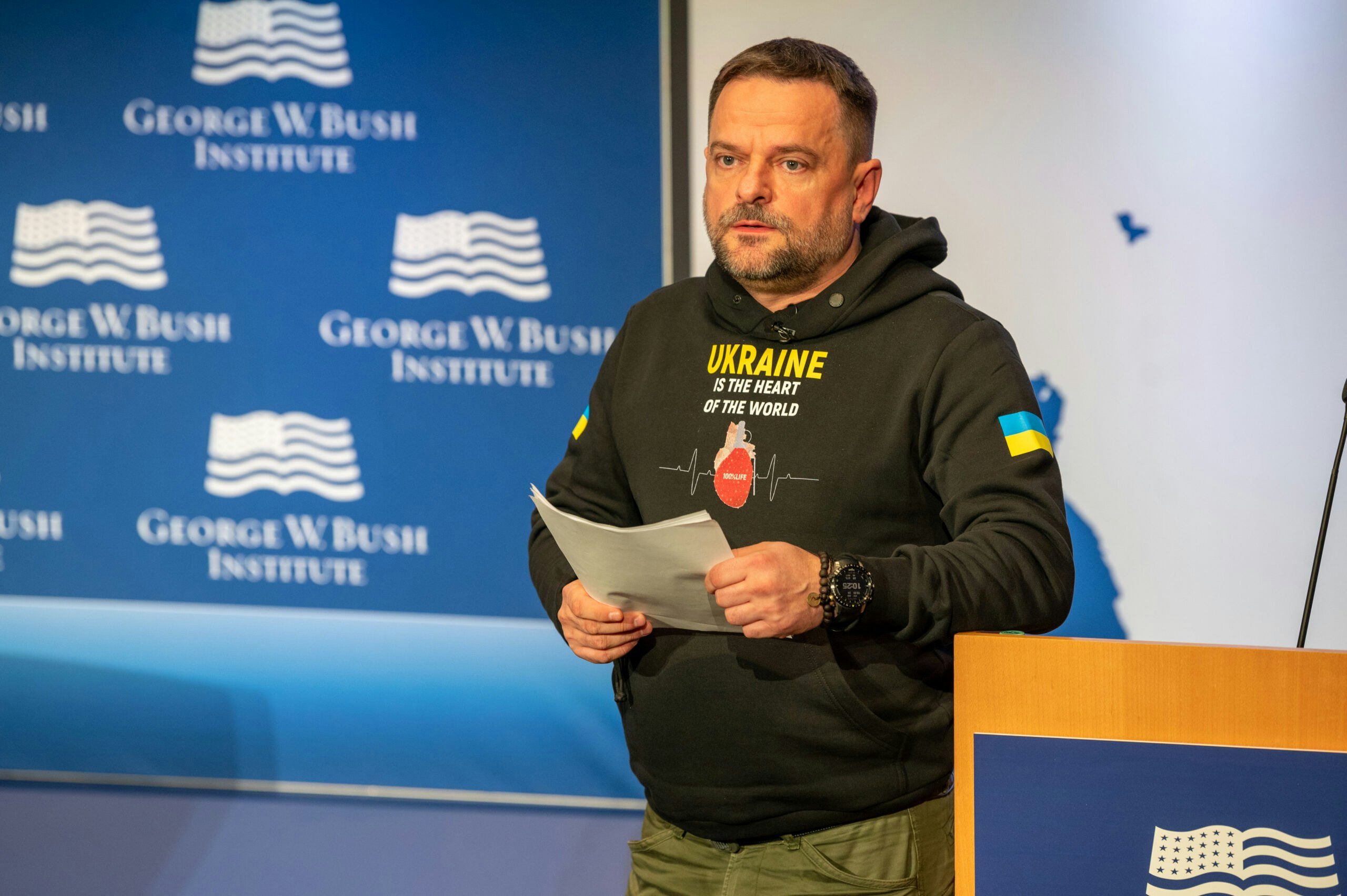To commemorate World AIDS Day 2015, Pink...
To commemorate World AIDS Day 2015, Pink Ribbon Red Ribbon spotlights its integral partnership with the U.S. President’s Emergency Plan for AIDS Relief (PEPFAR).
On January 28, 2003, in his second State of the Union Address, President George W. Bush stood before United States Congress, the American people, and the world, to announce the creation of the President’s Emergency Plan for AIDS Relief (PEPFAR). PEPFAR dramatically accelerated the United States’ response to the HIV/AIDS crisis that was quickly spreading across sub-Saharan Africa, and many other parts the world. At the announcement of PEPFAR, approximately 42 million people were living with HIV/AIDS. The pandemic was quickly evolving into not only a catastrophic humanitarian emergency, but also a security concern for the region, and consequently, the world.
The U.S. Government’s initial investment in PEPFAR dedicated $15 billion over five years to control the spread of HIV and turn the tide of the disease by providing resources to locally based organizations to support prevention, treatment and care efforts to fight HIV/AIDS in countries with the highest burden of disease. PEPFAR launched into action and swiftly expanded into 12 focus countries across sub-Saharan Africa, as well as Guyana, Haiti and Vietnam.
From 2004 to 2014, PEPFAR, along with multilateral organizations such as The Global Fund to Fight AIDS, Tuberculosis and Malaria and the Joint United Nations Programme on AIDS (UNAIDS), supported national governments to achieve a 10,523 percent increase in individuals on antiretroviral therapy (ART), and a 3,153 percent increase in individuals tested and counseled for HIV, in PEPFAR-supported countries in sub-Saharan Africa. There was a concomitant decrease in the number of new HIV infections worldwide by nearly half, from about 4.9 million new infections in 2004, to approximately two million new infections at the end of 2014.
More than a decade after President Bush’s announcement, PEPFAR bilateral funding now reaches 41 countries and regional programs in Africa, the Middle East, Asia, Europe, the Americas, and the Caribbean, and benefits many more through investments in The Global Fund and UNAIDS. The American people have contributed over $65 billion to PEPFAR programs since 2003.
In Countdown to Zero, a documentary created by VICE on HBO, which will air today, World AIDS Day, VICE co-founders, Shane Smith and Suroosh Alvi, highlight the fight to end AIDS. In the film, President George W. Bush, Bono, and others discuss the incredible success of PEPFAR. Watch the trailer.
Yet with the success of PEPFAR, came an unexpected challenge. Rates of cervical cancer began to rise. Women living with HIV have a compromised immune system, and if they contract the human papillomavirus (HPV), a sexually transmitted infection that causes more than 70 percent of cervical cancer cases, they have a four-to-five times higher risk of developing disease, since their immune system cannot effectively combat the virus. So, although women were surviving HIV as a result of increased access to ART, they were dying of cervical cancer – a preventable and treatable disease. To read more about the link between HIV and cervical cancer, check out the blog, “Five Facts You Should Know About HIV and Cervical Cancer.”
Understanding this new gap in care, in September 2011 President Bush, Mrs. Laura Bush and the George W. Bush Institute, along with the U.S. Government through PEPFAR, UNAIDS, and Susan G. Komen®, founded Pink Ribbon Red Ribbon®, a public-private partnership that catalyzes the global community to provide access to prevention and treatment services for breast and cervical cancers.
Because HIV and cervical cancer are linked, the key to the sustainability of the activities undertaken by Pink Ribbon Red Ribbon partners has been to build on PEPFAR’s strategic plans, and to leverage its established networks. Currently, all Pink Ribbon Red Ribbon countries of engagement are recipients of PEPFAR support, and most of the clinical sites where cervical cancer screening and treatment activities supported by Pink Ribbon Red Ribbon are taking place are priority sites under PEPFAR’s Country Operational Plans. Pink Ribbon Red Ribbon has capitalized upon an initial investment of $10 million from PEPFAR to ramp up screening and treatment for cervical cancer, as our partners have used these funds to bolster the national cervical cancer programs in Botswana, Tanzania and Zambia, and will begin work in Ethiopia in the near future.
Acknowledging the accomplishments of Pink Ribbon Red Ribbon, in September 2015, at the Global Women’s Network: A Summit of Ideas, Innovation and Partnerships, hosted by President and Mrs. Bush and the Bush Institute in Dallas, Texas, Ambassador Deborah Birx, U.S. Global AIDS Coordinator and U.S. Special Representative for Global Health Diplomacy, announced an additional $7 million dollars in funding from PEPFAR, “to continue the great work of the Pink Ribbon Red Ribbon partnership, and to expand to new countries.” She called the contribution “a testament to the strength and applicability of this partnership model.”
Pink Ribbon Red Ribbon relies not only on PEPFAR’s generous support, but also financial and technical assistance from more than 20 partner organizations to expand efforts to reduce the impact of breast and cervical cancer in sub-Saharan Africa. As PEPFAR, UNAIDS, The Global Fund, and other organizations press forward to eradicate the disease, efforts to curb cervical cancer must maintain pace. On this World AIDS Day, Pink Ribbon Red Ribbon celebrates how far our collective efforts have reached to reduce HIV and prevent cervical cancer, and joins the call that we must not let up now – we must keep pushing ahead.


























